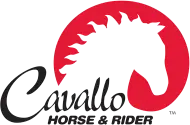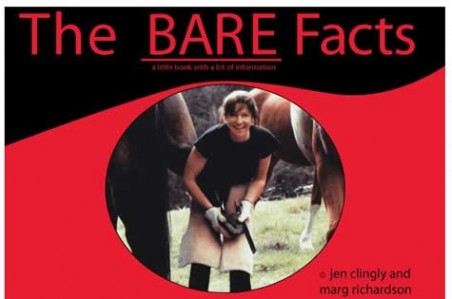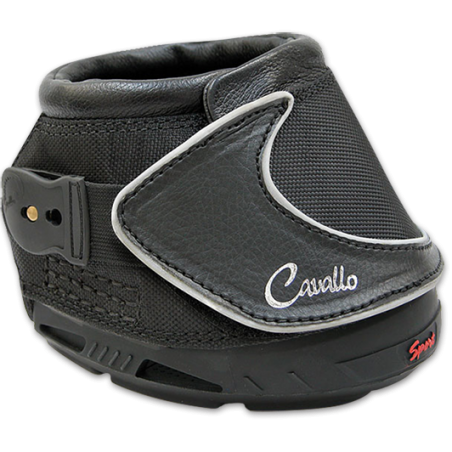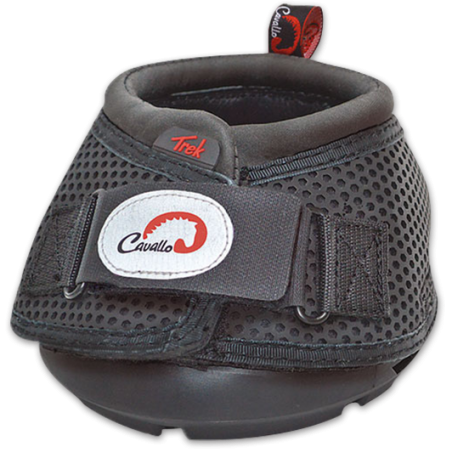Why Barefoot
Barefoot Horse Riding
Many of us are happy to allow our horses to ‘go barefoot’. We see the benefits of a more natural program. We don’t like pounding nails into the hoof every 6 weeks. Shoeing is expensive and good farriers are hard to find. If we consider pulling the shoes, our horses may seem sore. Maybe you have even tried it and ended up putting the shoes back on. There are many factors that contribute to the long-term success of a barefoot program and it is very different than traditional shoeing. When a farrier comes, he trims your horse flat and level, even and balanced. He removes some dead tissue and makes the hoof look neat and tidy. His job is to make sure the shoe goes on securely and shapes to the trim he’s done, leaving the metal shoe as the only part making contact with the ground. Do you think this metal shoe absorbs the shock and concussion of 1000 pounds in motion? Do you think that the hoof is functioning as it should? Do you think blood is circulating freely? The answers are – not a chance!Barefoot Horse – Trims
Let’s talk about what happens when we don’t put the shoes on. Proportionately, as a truly miraculous structure the small hoof supports the weight of a large horse. The walls expand and widen apart to draw the sole flat. When the sole levels downward towards the ground the bone column can easily move down. The coffin bone acts as a trampoline to absorb the descending structure. The frogs help the heels expand and in so doing, blood circulates freely carrying nutrients to the entire apparatus. Shock is absorbed properly. Tissue is nourished and the whole horse benefits because his most primary survival flight mode is not compromised through an archaic and unnecessary practice, which not only renders hoof function non-existent but exerts upward pressure to the entire internal structure.
To achieve what we call proper hoof mechanism, some of your considerations should be:
- Frequent barefoot trims tailored for your horse
- Adequate movement & exercise
- Proper hoof hydration
- Counter effect of hard ground
- Stimulation of aggressive terrain
- Normal herd life with friends and socialization
At Cavallo, our purpose is to offer horse boots as an alternative to the nailing on of metal shoes a practice found before we understood the physiology of the hoof and certainly before we had our current level of technology. Cavallo Hoof Boots utilize compounds which have far greater shock absorbing features than metal. If you take a metal shoe and bang it against a rock, you will feel the vibration up your arm. Go ahead and try it. Cavallo horse boots absorb concussion, rather than transmit it, so that the sensitive Lamellae of the hoof is not compromised but supported. The main support system of the coffin bone can remain strong and integral when the high frequency vibration of impact on metal is not constantly jarring.
Barefoot Horse – First Steps
Keep your horse barefoot for at least a portion of the year using horse boots when you ride, and you will be taking the first steps in utilizing the fruits of technology towards a better understanding of our long time servant and companion. We now have an opportunity to re-examine the way we treat our horse’s feet. This is the most dynamic unprecedented change our industry has undergone and we are at the forefront of this revolution. With the information currently available you can no longer delegate away the proper care of our horses. You must take responsibility and make the changes you know to be right.
Barefoot Horse – More Info?
Please contact us if you have any questions or concerns.
There are also numerous hoofcare and trimming experts offering services. Here are a couple of web sites with great information:
Barefoot Horse – Experts
And a few experts you may wish to investigate:
Dr Chris Pollitt, BVSc PhD conducted a study on the benefits of blood circulation and hoof expansion on barefoot horses.
- Dr. Hildrud Strasser, DVM is the author of several textbooks on lameness and healing.
- Robert Bowker, VMD, PhD authored studies on blood circulation, hoof loading patterns and laminitis
- Gene Ovnicek speaks on Wild Horse Patterns and Lameness Prevention
Wishing you many Happy Barefoot Trails!
Carole Herder, President of Cavallo Horse & Rider




